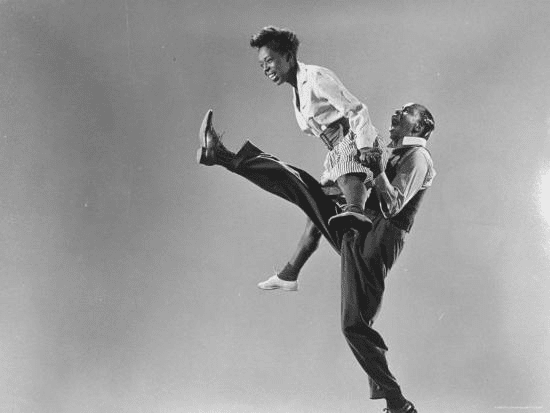Dancing into the Modern Age: The Charleston, the Shimmy, and the Roaring Rhythms of the 1920s
BY: GOOD
The early 1920s marked a seismic shift in the cultural heartbeat of the Western world. As the First World War faded into the rear-view mirror, a new generation embraced life with urgency, vigour, and a flair for the unconventional. Nowhere was this more evident than on the dance floors of the Jazz Age. With the crackle of gramophones and the smoky rhythm of jazz bands filling speakeasies and ballrooms alike, dance became the ultimate expression of modernity, rebellion, and sheer joy. Two of the most iconic steps of the decade—the Charleston and the Shimmy—captured the era’s spirit like nothing else.
The Charleston: The Dance that Defined a Decade
First popularised by the 1923 Broadway show Runnin’ Wild, the Charleston took the world by storm. Its infectious rhythm was set to James P. Johnson’s tune “The Charleston,” and soon, flappers from New York to London were swinging their legs and flapping their arms with wild abandon.
Characterised by fast footwork, inward and outward leg kicks, and energetic twists, the Charleston was a joyous rebellion against traditional Victorian restraint. It was danced solo, in pairs, or even in groups, and it epitomised the carefree attitude of a generation determined to have fun at all costs.
What made the Charleston so striking wasn’t just its exuberance—it was its audacity. Young women, clad in scandalously short dresses and bobbed hair, danced it publicly, thumbing their noses at older generations and embracing the freedoms of the new age.

The Shimmy: A Sensation and a Scandal
If the Charleston was bold, the Shimmy was positively shocking. It began making waves around 1919 but truly exploded in popularity in the early 1920s, thanks in part to performers like Gilda Gray, who famously claimed to have “invented” it (though its origins lie in Black American dance traditions).
The Shimmy involved rapid shoulder shaking while keeping the rest of the body relatively still—a deceptively simple move that provoked both admiration and outrage. For many dancers, it was an expression of independence and sensuality; for conservative critics, it was indecent and immoral.
Nevertheless, its popularity was unstoppable. It captured the same spirit of release and rebellion that defined the decade: a shaking off of old norms, both literally and figuratively.
The Music Behind the Moves
The Charleston and the Shimmy were born from the booming rhythms of early jazz and ragtime. Artists like Louis Armstrong, Duke Ellington, and Bessie Smith filled clubs with brassy, syncopated sounds that encouraged improvisation and exuberance on the dance floor.
Phonographs and radio broadcasts helped spread this new music far beyond the cities where it originated. Suddenly, jazz wasn’t just a sound—it was a lifestyle. It permeated fashion, language, and of course, dance.
Other Dances of the Era
Though the Charleston and the Shimmy stole most of the spotlight, the 1920s also saw a burst of other dances gaining traction in clubs and cabarets:
- The Black Bottom – Originating from African American communities in the South, this dance featured stomps, slaps, and lively kicks. It was earthy, expressive, and hugely influential.
- The Lindy Hop – Though it would reach its peak in the 1930s, its roots were laid in the 1920s, combining jazz steps with swing-style partner work.
- The Foxtrot – A smoother, more ballroom-oriented dance, it appealed to those who favoured elegance over flamboyance.
- The Turkey Trot & Bunny Hug – These earlier ragtime dances still lingered in popularity, bridging the gap between Edwardian formality and Jazz
- Age flair.

A Cultural Revolution in Motion
The dances of the 1920s were more than just moves—they were manifestations of a broader cultural revolution. They represented youth, freedom, and the thrill of a world moving faster than ever before. In a time when hemlines were rising, Prohibition was fuelling secret nightlife, and women had just won the vote, these dances became a physical language of transformation.
The Charleston and the Shimmy may have ruffled feathers in their time, but today, they stand as proud symbols of one of the most vibrant decades in history—a time when the world danced its way into modernity.
Dancing Teens is episode four of Season 12 of When Calls the Heart. Allie is turning 17 and decides to hold a dance party, inviting all her friends. But can Elizabeth teach them the Charleston and the Shimmy – she’s more of a waltz girl! Watch WHEN CALLS THE HEART now. CLICK HERE.
Feature Images: When Calls the Heart screenshots and press kit and Creative Commons.
